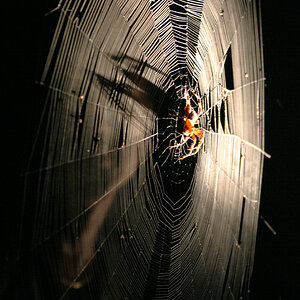I hand make Sterling Silver Jewelry and want to take photos for sales efforts. Not sure where to even start. My camera is a Nikon D3300 with two lenses; 55-200mm - 1:4 - 5.6G ED VR II and 18-55mm 1:3.5 - 5.6G VR II. So here are my questions:
1. Do I even have the correct lense(s) for taking close in pictures.
2. Should I get purpose made lighting, if so what?
3. I see usage of hoods, reflectors...what would be a good entry level approach.
Willing to spend some money but trying to keep cost somewhat down if possible.
When I use my Digital SLR I use it on auto as I am clueless about photography.
Any help would be very appreciated.
1. Do I even have the correct lense(s) for taking close in pictures.
2. Should I get purpose made lighting, if so what?
3. I see usage of hoods, reflectors...what would be a good entry level approach.
Willing to spend some money but trying to keep cost somewhat down if possible.
When I use my Digital SLR I use it on auto as I am clueless about photography.
Any help would be very appreciated.


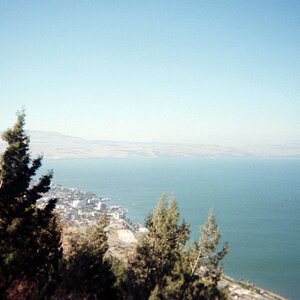
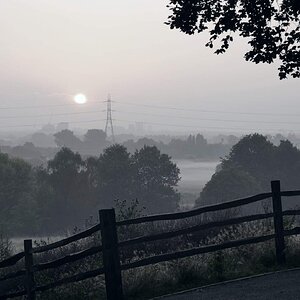
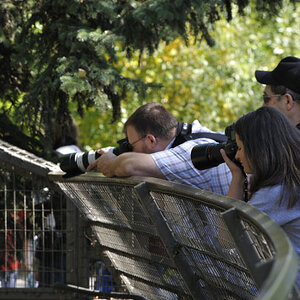
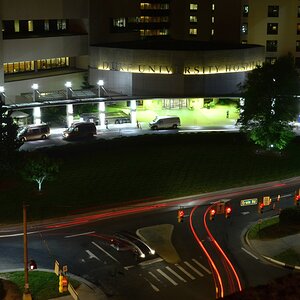
![[No title]](/data/xfmg/thumbnail/32/32158-8de1a90710a58144b47a0cee83a6c820.jpg?1619735234)

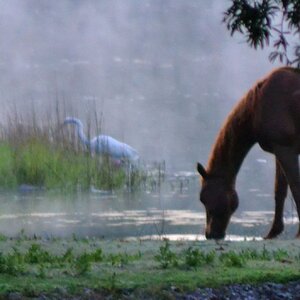
![[No title]](/data/xfmg/thumbnail/36/36302-6ee4929dfdf80290ffd73704693e860f.jpg?1619737496)
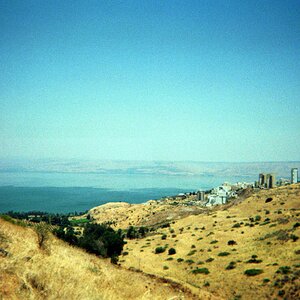
![[No title]](/data/xfmg/thumbnail/38/38261-db20f6f92ee8f0d4c5cf1536e308638b.jpg?1619738546)
![[No title]](/data/xfmg/thumbnail/36/36303-10b1a386a9a00cf90fb7605d2d2c48c1.jpg?1619737497)
